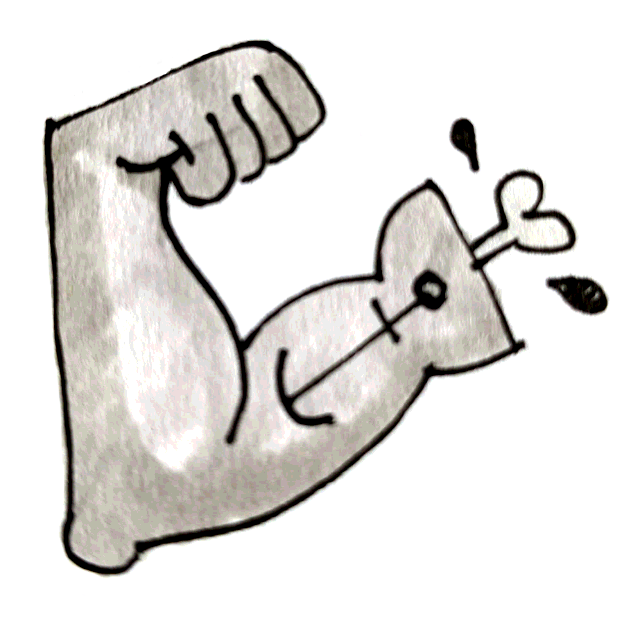Spencer’s explanation in his essay “On the Physiology of Laughter” (1911) is based on the idea that emotions take the physical form of nervous energy. Nervous energy, he says, “always tends to beget muscular motion, and when it rises to a certain intensity, always does beget it” (299). “Feeling passing a certain pitch habitually vents itself in bodily action” (302). When we are angry, for example, nervous energy produces small aggressive movements such as clenching our fists; and if the energy reaches a certain level, we attack the offending person. In fear, the energy produces small-scale movements in preparation for fleeing; and if the fear gets strong enough, we flee. The movements associated with emotions, then, discharge or release the built-up nervous energy.
Laughter releases nervous energy, too, Spencer says, but with this important difference: the muscular movements in laughter are not the early stages of larger practical actions such as attacking or fleeing. Unlike emotions, laughter does not involve the motivation to do anything. The movements of laughter, Spencer says, “have no object” (303): they are merely a release of nervous energy.
The nervous energy relieved through laughter, according to Spencer, is the energy of emotions that have been found to be inappropriate.
Similarly with Freud it seems like the general idea, of energy being produced and needing to be discharged or dispersed, has been around for a long time.
I think what I'm not seeing here is the idea that that energy is from a single source and boils down to a single response to a single emotion. He picks out "anger" and "fear" here as examples but the impression I get is, like Freud, he sees these all as quite different.
Benign Violation Theory makes me think is that all these things are the same. The "inappropriate" energy that Spencer refers to is adrenaline which is wrongly release in response to the violation, and needs to be "discharged" when the violation is found to be benign.
<- Back
